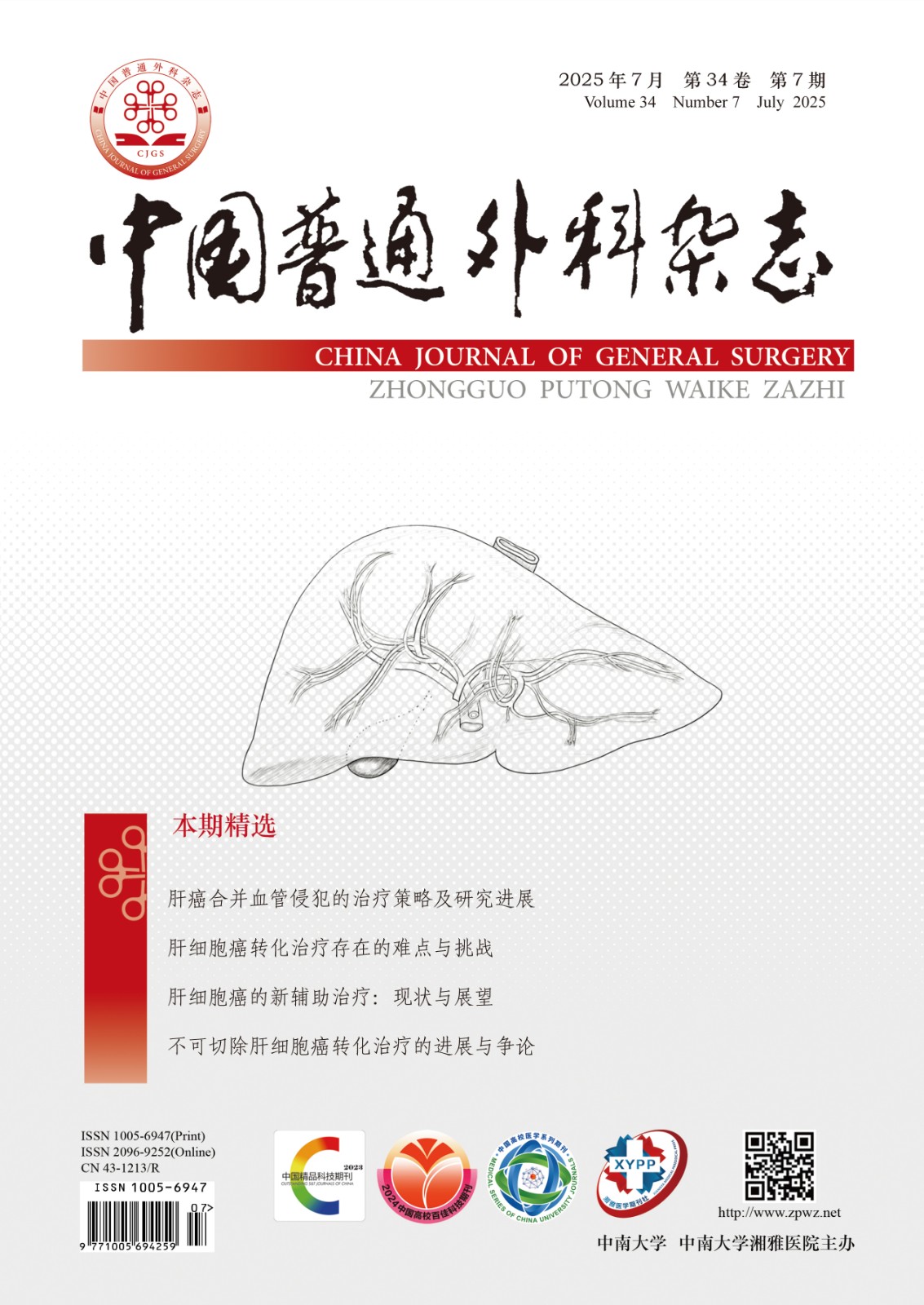Abstract:Objective: To investigate the impacts of different nutritional supports on the nutritional status, immune function and prognosis in patients with the gastrointestinal cancer after surgery.
Methods: The enrolled patients were randomly assigned to parenteral nutrition (PN) group (n=270) and enteral nutrition (EN) group (n=270). Both nutritional supports were initiated on the first day after surgery under isoenergetic [125 kJ/(kg·d)] and isonitrogenous [0.25 g/(kg·d)] conditions. The nutritional status, immune function, outcome and prognosis of the two groups were compared.
Results: In respect of nutritional parameters, the level of transferrin in PN group decreased but other parameters showed no obvious alterations after operation, while in EN group, the levels of total protein, albumin, pre-albumin and transferrin all increased after operation and were all significantly higher than those of PN group (all P<0.05). In terms of immune function, only the level of NK cells increased and other parameters showed no evident alterations after operation, while in EN group, the levels of CD3, CD4, CD8, NK cells and IL-2 receptor all increased after operation and were all significantly higher than those of PN group (all P<0.05). As for the complications and prognosis, the overall incidence of complications in PN and EN group was 56.3% and 28.9%, respectively (P<0.05), while no significant difference was noted in the mortality rate between the two groups (P>0.05). In addition, the length of time of complications, administration of antibiotics and average hospital stay of EN group were all significantly shorter than those of PN group (all P<0.05).
Conclusion: Early postoperative EN support is better than PN support for patients with gastrointestinal cancer. EN support can effectively improve the nutritional status and immune function as well as reduce the incidence of postoperative complications.

